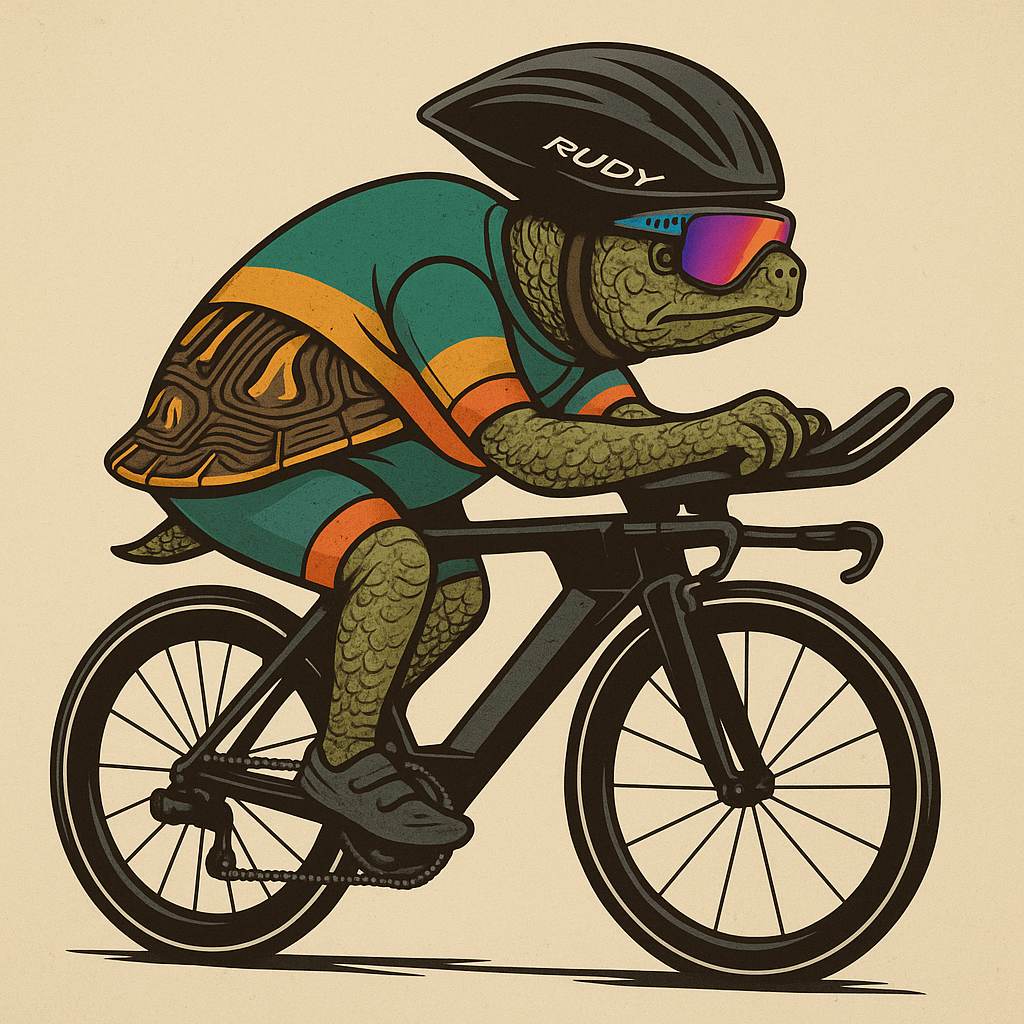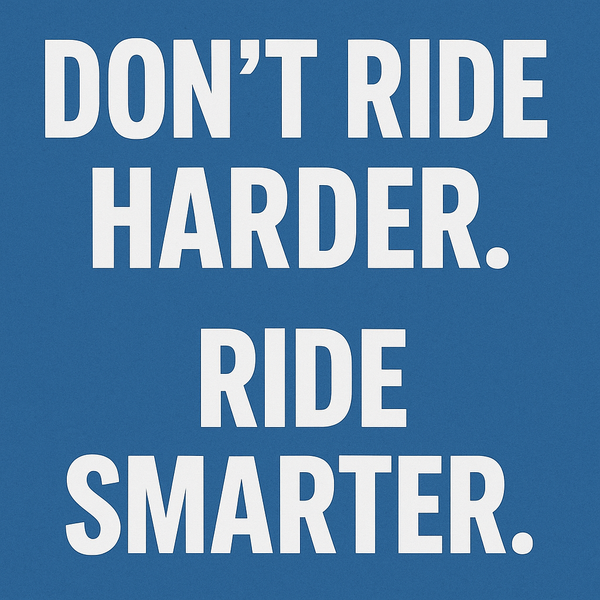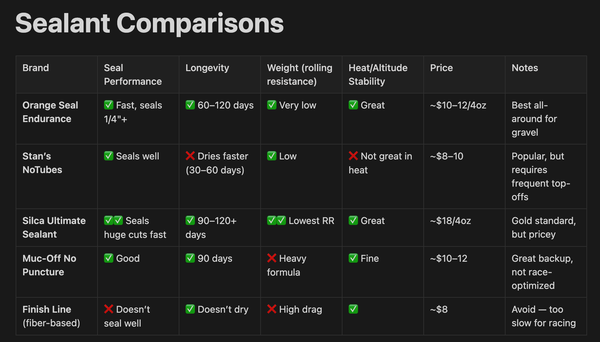Don't Do Stupid Sh*t: Evidence-Based Strategies for Endurance Athletes

Introduction
Endurance sports require not only physical conditioning and mental resilience but also the application of common sense and basic best practices. While athletes often undergo months of structured training, it is frequently preventable mistakes—not lack of ability—that derail performance on race day. The advice, “Don’t do stupid sh*t,” although colloquial, captures an essential aspect of athletic success: avoid untested strategies, listen to your body, and respect evidence-based preparation. This essay explores four fundamental principles that align with clinical best practices to help athletes avoid the pitfalls that transform potential podium finishes into “Did Not Finish” (DNF) outcomes (Don’t do stupid shit, 2025).
Race Day is Not a Science Experiment
The golden rule of “nothing new on race day” is more than just a superstition—it is supported by both research and sports nutrition guidelines. Trying new gear, warm-up methods, or untested nutrition products (e.g., caffeine pills or high-carbohydrate gels) can trigger adverse reactions ranging from gastrointestinal distress to impaired muscle function. Gastrointestinal (GI) symptoms are particularly common among endurance athletes, with prevalence rates between 30%–50%, often tied to late-stage fueling experiments (Costa et al., 2016; Jeukendrup, 2017).
This is why one of the main tenets of “Don’t do stupid sh*t” involves respecting the importance of consistency. Testing strategies during training conditions, including meals, gear, and environmental factors, allows athletes to reduce performance variability and risk (Don’t do stupid shit, 2025).
Clinical Best Practice: Athletes should employ race-specific simulations during long workouts to test gear, fluids, and nutrition under similar environmental and physical stress as race day (Thomas et al., 2016).
Hydrate, But Don’t Drown
The delicate balance between dehydration and overhydration is one of the most misunderstood aspects of endurance training. Athletes often believe that drinking as much as possible will prevent cramping or heat illness, yet “drinking to thirst” or using customized hydration strategies is backed by clinical consensus. Overhydration can lead to Exercise-Associated Hyponatremia (EAH), in which sodium levels drop dangerously low (Hew-Butler et al., 2015). Meanwhile, even a 2% loss in body mass due to dehydration can impair thermoregulation and endurance performance.
In alignment with the “Don’t do stupid sh*t” philosophy, it's not tough—or smart—to ignore fluid balance. Hydration needs to be based on individual sweat rates, exercise intensity, and temperature—not guesswork or fear (Don’t do stupid shit, 2025).
Clinical Best Practice: The ACSM advises individualized fluid replacement strategies and notes that clear urine or persistent cramping may indicate fluid overload or electrolyte imbalance, not necessarily good hydration (Thomas et al., 2016; Hew-Butler et al., 2015).
Don’t Try to Out-Tough Science
Mental fortitude may win races, but denying the body’s warning signs can shorten athletic careers. The “grind” mentality sometimes encourages ignoring pain, GI distress, or sleep deprivation—all of which are biologically harmful. Ignoring sharp pain during training or racing can result in exacerbating muscle tears, tendinopathy, or stress fractures. Similarly, high sugar intake in the face of GI distress can increase intestinal permeability, known colloquially as “leaky gut,” especially under exercise stress (Costa et al., 2016). Lack of sleep is another underestimated performance-reducing factor, linked with slower times, increased injury risk, and impaired recovery (Mah et al., 2011).
According to the ethos of “Don’t do stupid sh*t,” bravado should not override basic principles of physiology and recovery (Don’t do stupid shit, 2025).
Clinical Best Practice: Incorporate planned rest, evaluate new or worsening pain promptly, and get 7–9 hours of sleep nightly as recommended for endurance athletes (Mah et al., 2011; Thomas et al., 2016).
Hygiene Counts, You Animal
Neglecting the basics, like hygiene, can cost an athlete days or weeks of training due to preventable infections or skin breakdown. Wearing dirty gear, failing to clean water bottles, or dealing with damp fabrics can lead to saddle sores, fungal infections, and bacterial overgrowth (Smith et al., 2018). This aligns with the core wisdom of “Don’t do stupid sh*t”—hygiene issues fall squarely into the “easily avoidable” category. The regular use of clean, dry clothing and hygienic skin care should be as non-negotiable as the long run.
Clinical Best Practice: Wash gear promptly after use, rotate clothing and bras properly, and clean water bottles with soap and hot water to prevent bacterial contamination and biofilm buildup (Smith et al., 2018; Don’t do stupid shit, 2025).
Conclusion: Your Future Self is Watching
Every decision athletes make during training and racing affects their future potential. The essence of “Don’t do stupid sh*t” is not about avoiding risk altogether, but about minimizing preventable errors through deliberate, evidence-based choices. Athletes who adopt structured approaches to nutrition, hydration, recovery, and hygiene—and who avoid last-minute gambits—are more likely to find themselves sprinting through the finish line instead of limping toward the medical tent.
In a world inundated with flashy gear and trendy recovery hacks, this guidance endures: consistency, discipline, and self-awareness aren’t sexy, but they’re how you win—and stay uninjured doing it.
References
Costa, R. J. S., Hoffman, M. D., & Stellingwerff, T. (2016). Considerations for ultra-endurance activities: Part 1 – Nutrition. Research in Sports Medicine, 24(3), 215–236. https://doi.org/10.1080/15438627.2016.1186086
Don't do stupid shit. (2025). Race day reminders for endurance athletes. Retrieved from https://[insert-blog-or-source-link-if-applicable]
Hew-Butler, T., Rosner, M. H., Fowkes-Godek, S., Dugas, J. P., Hoffman, M. D., Lewis, D. P., ... & Verbalis, J. G. (2015). Statement of the Third International Exercise-Associated Hyponatremia Consensus Development Conference. Clinical Journal of Sport Medicine, 25(4), 303–320. https://doi.org/10.1097/JSM.0000000000000221
Jeukendrup, A. E. (2017). Nutrition for endurance sports: Marathon, triathlon and road cycling. Journal of Sports Sciences, 35(sup1), S1–S3. https://doi.org/10.1080/02640414.2015.1090276
Mah, C. D., Mah, K. E., Kezirian, E. J., & Dement, W. C. (2011). The effects of sleep extension on the athletic performance of collegiate basketball players. Sleep, 34(7), 943–950. https://doi.org/10.5665/SLEEP.1132
Smith, L. L., et al. (2018). Hygiene measures in sports: Preventing infection and skin disorders. Journal of Athletic Training, 53(5), 456–467. https://doi.org/10.4085/1062-6050-122-17
Thomas, D. T., Erdman, K. A., & Burke, L. M. (2016). Position of the Academy of Nutrition and Dietetics, Dietitians of Canada, and the American College of Sports Medicine: Nutrition and athletic performance. Journal of the Academy of Nutrition and Dietetics, 116(3), 501–528. https://doi.org/10.1016/j.jand.2015.12.006
Disclaimer:
The content provided here is for educational and informational purposes only and is not intended as medical advice, diagnosis, or treatment. Always consult with a qualified healthcare provider before starting any new training protocol, nutrition plan, or hygiene regimen—especially if you have pre-existing conditions or post-surgical considerations. The author is not a medical professional. Results may vary. Don’t do stupid shit.
© 2025 One Gear Short of Normal™. All rights reserved.



